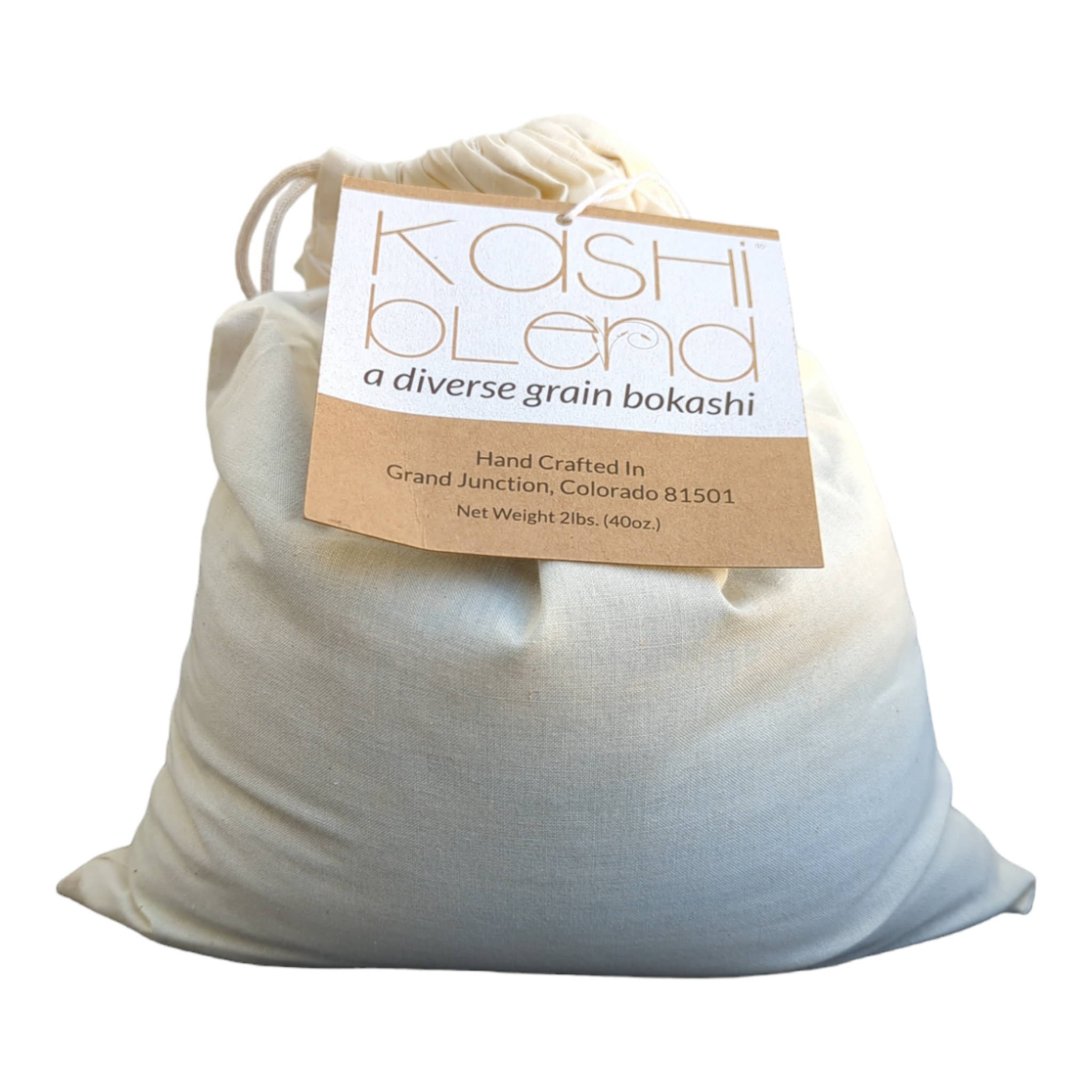So I was convinced bokashi was the way to go for another source of nutrients for my plants. But after a read of this:
http://www.gardenmyths.com/bokashi-composting-myths/
I'm now not so sure
What do you guys think? Those that have tried or used it or those that haven't.
http://www.gardenmyths.com/bokashi-composting-myths/
I'm now not so sure
What do you guys think? Those that have tried or used it or those that haven't.



